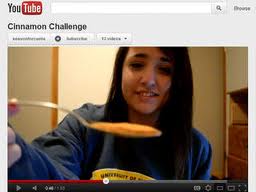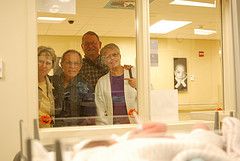This healthy post was provided by The Chester County Hospital and Health System. Learn more about The Center for Physical Rehabilitation and Sports Medicine.
—
As we welcome the summer solstice and its long sunny days bring hot, humid weather, here are some safety ideas to be aware of as you and your family spend more time outside exposed to the sun.
Sun Exposure
The sun is important as it is our primary source of Vitamin D. Vitamin D helps in the absorption of calcium which is essential for strong and healthy bones. Too much sun exposure; however, can cause skin and eye damage, suppress our immune system, and result in skin cancer.
Sunlight comes in three ultraviolet rays: UVA, UVB, UVC. UVA passes through the ozone layer so a majority of our exposure is to UVA rays. Many UVB rays are absorbed by the ozone layer but we are still exposed to some UVB rays. Both UVA and UVB rays can cause skin cancer. UVC rays are the most dangerous but are blocked by the ozone layer.
It is estimated that most kids are exposed to 50% – 80% of their lifetime sun exposure before the age of 18. High-risk people include those that have moles on their skin, have fair skin and hair, or have a family history of skin cancer. Darker-toned people too can suffer skin damage. Therefore, it is important to start educating and protecting kids when they are young:
- For babies under 6 months, it is recommended to avoid sun exposure and to dress infants in lightweight long pants and long-sleeved shirts and the wear a wide-brimmed hat to protect the face and neck. Sunscreen for babies under 6 months is not recommended.
- For young children, an SPF of at least 30 that protects against UVA and UVB rays (“broad spectrum”) is recommended.
- For older children/adults, the best protection against the sun is to cover up: wide-brimmed hats, sunglasses and cotton clothing with a tight weave (make sure you can’t see your hand through it). Try to stay in the shade as much as possible and limit sun exposure during the most intense times of the day (10 am – 4 pm). Sunscreen with at least SPF 30 is recommended. Remember to reapply every two hours or after swimming or sweating. Be careful around water and sand as they reflect UV rays and may result in quicker sunburns.
- Sunscreen should be applied at least 30 minutes prior to going outside to form a good layer of protection. Use generous amounts to ensure adequate coverage. Don’t forget about the lips, ears, and behind the neck.
- Remember that people can still get sunburns on cool, cloudy days. Clouds offer no protection against UV rays.
- Wear sunglasses to avoid sun damage to the cornea.
- Check with your doctor or pharmacist to see if any medications you or your child is taking may increase sun sensitivity (i.e. antibiotics and acne medications).
Heat-related Injuries
Intense activities of at least 15 minutes should be reduced in high heat and high humidity conditions. Allow for acclimatization to the heat. Ensure adequate hydration with either water or sports drinks both BEFORE and DURING (5 oz. for a child under 90 pounds and 9 oz. for an adolescent weighing 130 pounds every 20 minutes); even if the child does not feel thirsty. Clothing should be light-colored and lightweight; one layer only to facilitate evaporation of sweat.
Two serious heat-related injuries are heat exhaustion and heat stroke.
Commons symptoms of heat exhaustion include: heavy sweating, paleness, muscle cramps, dizziness, headache, nausea and/or vomiting, fainting. Treating heat exhaustion centers around cooling the person: move to a cool/shady area, push cool non-alcoholic beverages, remove excess clothing, and, if available, apply ice to the neck, armpit and groin areas to help decrease core body temperature.
If left untreated, heat exhaustion can result in heat stroke, which is a true medical emergency and can prove fatal if not treated promptly and properly. If someone is experience heat stroke, do not delay to call 9-1-1. Key differences between heat stroke and heat exhaustion are that heat stroke signs include: the absence of sweating with hot red or flushed dry skin, difficulty breathing and strange behavior: agitation, confusion, hallucinations, and/or disorientation.
By following these steps, we hope that you and your family can have a safe and enjoyable season in the sun.
Sources:The American Academy of Pediatrics, 2009: AAP Summer Safety Tip Sheet
KidsHealth.org. Sun Safety
MedicineNet.com















